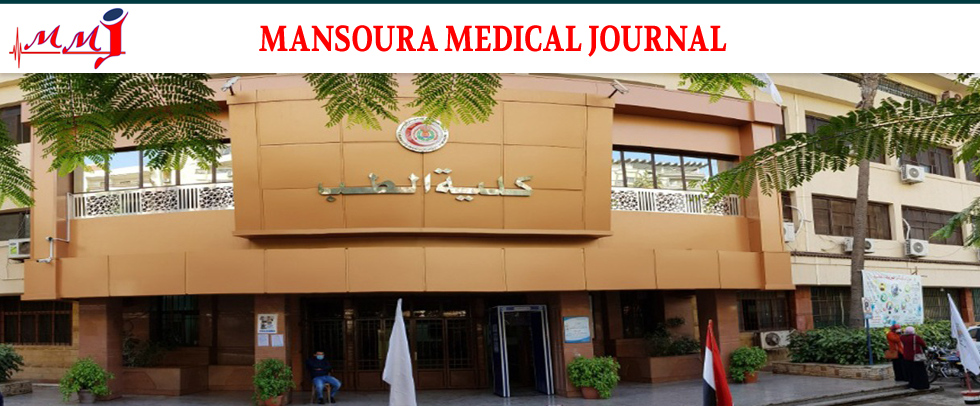Subject Area
Pathology
Article Type
Original Study
Abstract
Background: Salivary gland harbors a wide variety of non-neoplastic & neoplastic conditions that show heterogenicity in the same tumor tissue. The Milan System for Reporting Salivary Gland Cytology was designated to offer a standardized universally accepted reporting format for Salivary Gland FNAC. Aim: To apply Milan system for salivary gland and assess its accuracy by comparing the cytology and histopathology. Methods: In this retrospective study, the Milan system was applied on 81 FNAC cases referred to pathology lab at Oncology Centre Mansoura University during 5 years & compared results with postoperative biopsy. For cytological samples, Hematoxylin & Eosin-stained smears, cell block slides and previously performed IHC slides were retrieved, re-examined for confirmation of diagnosis & classified according to Milan system. Postoperative biopsy slides were also retrieved and re-evaluated then comparison of both cytological and excisional biopsies’ diagnoses was done to determine accuracy, sensitivity & specificity of the Milan system and identifying both the rate and risk of malignancy for each category. Results: Milan system had an accuracy of 82.7%, sensitivity of 84.2% & a specificity of 96.8% in differentiating benign from malignant tumors. The rate of cases distribution were as the following: nondiagnostic in 10 aspirates ( 12.3%), nonneoplastic in 1 (1.2%), atypia of undetermined significance (AUS) in 2 (2.5%), benign neoplasm in 52 (64.2%), salivary gland neoplasm of undetermined malignant potential in 4 (4.9%), suspicious for malignancy in 2(2.5%), and malignant in 10 (12.3%). & risk of malignancy for each category as the following category (I) was 20%, category (II) was 0%, category (III) was 100%, category (IVA) was 1.9%, category (IVB) was 50%, category (V) was 100% and category (VI) was 100%. Conclusion: Application of Milan system enhances the diagnostic efficacy of FNAC. This will not only facilitate clearer communication between cytopathologists and clinicians but also contributes to more informed and effective patient management strategies.
Recommended Citation
Gad, Asmaa Sabry; Hany, Heba Salah Eldin; Elkashef, Wagdi Fawzi; and Mohamed, Mie Ali
(2025)
"Application of Milan System in Cytological Diagnosis of Salivary Gland Lesions and Its Association with Histopathology,"
Mansoura Medical Journal: Vol. 54
:
Iss.
4
, Article 2.
Available at:
https://doi.org/10.58775/2735-3990.1458
Creative Commons License

This work is licensed under a Creative Commons Attribution 4.0 International License.



